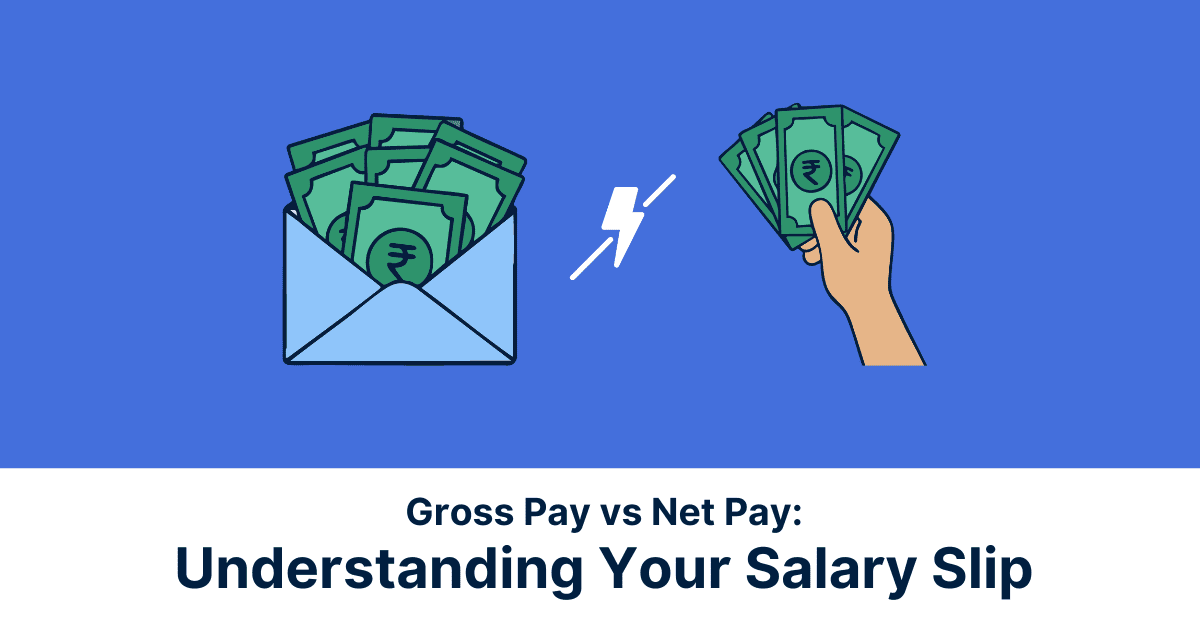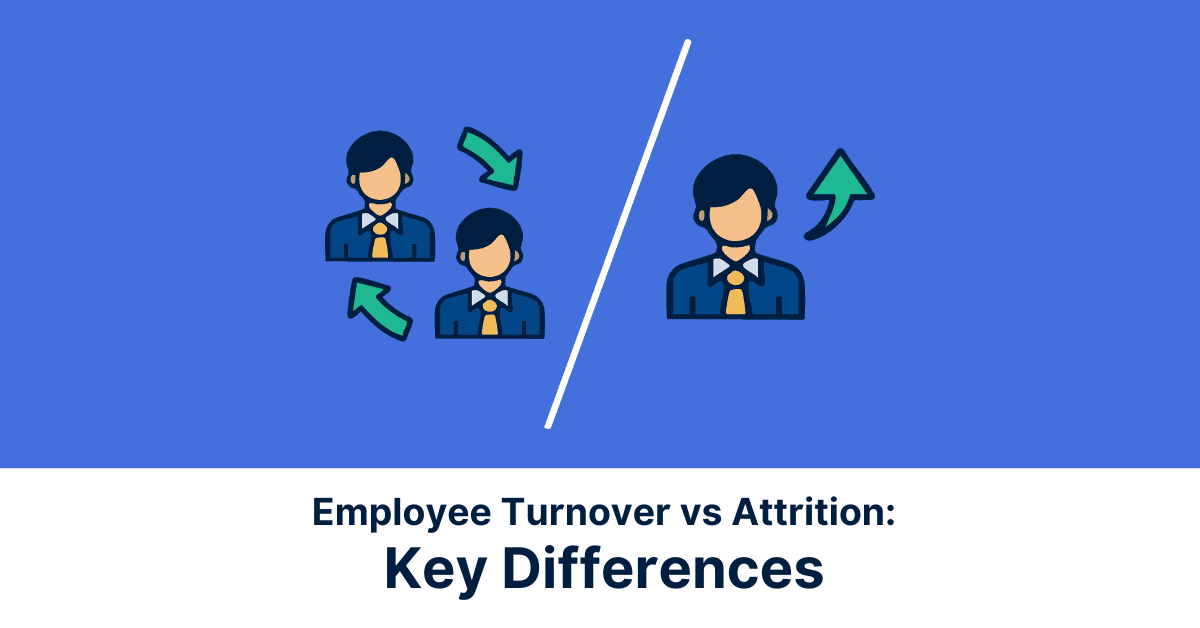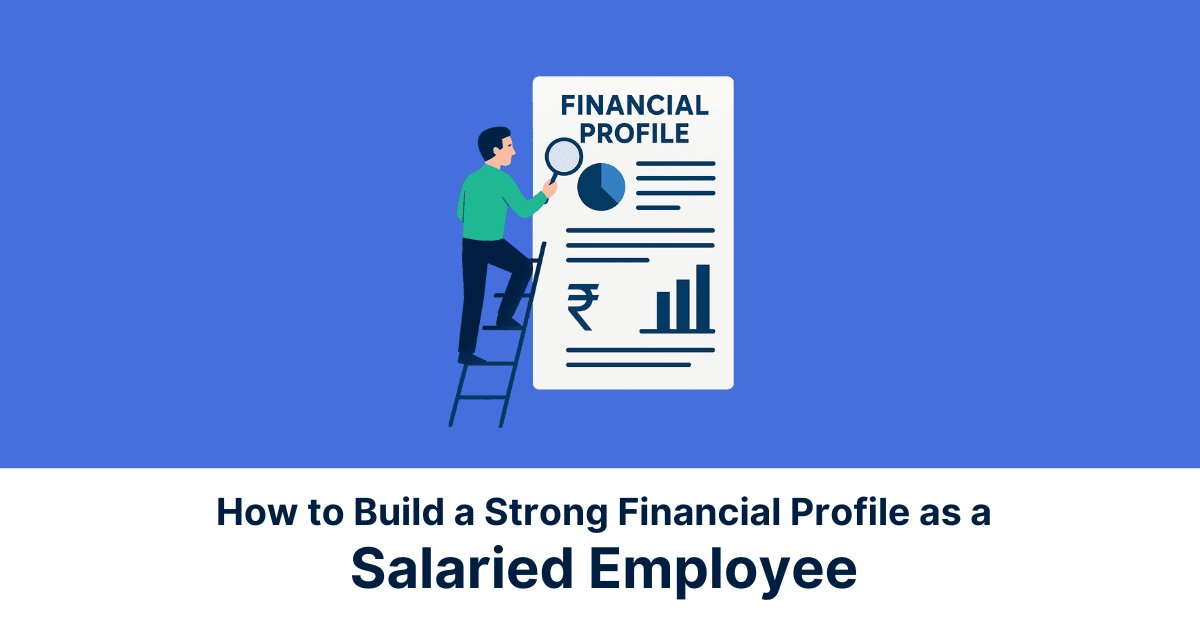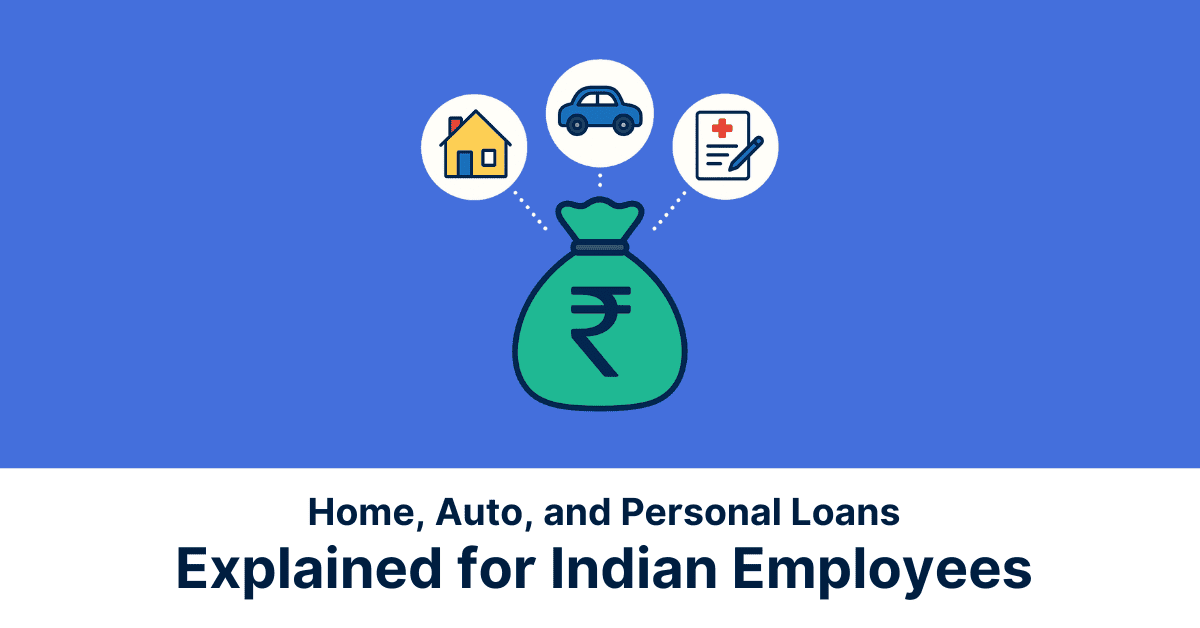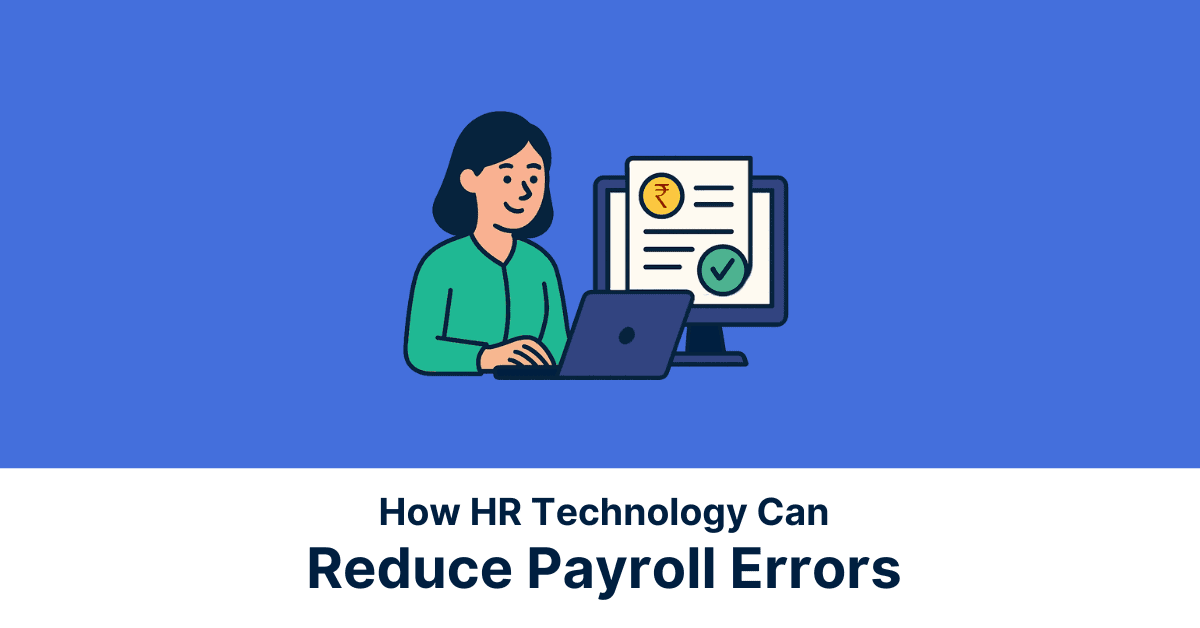Many borrowers assume that a high credit score is the only factor that matters for loan approval, but that’s far from the truth. While your credit score is important, lenders evaluate much more before making a decision. They consider your income stability, debt-to-income ratio, credit utilisation, employment history, and overall repayment capacity.
A strong score can open doors, but if the rest of your financial profile shows signs of strain, approval is far from guaranteed. The real focus is on whether you can manage new debt comfortably alongside your existing obligations.
In this article, we’ll break down exactly what lenders see on your credit report, what key financial metrics matter, and how to strengthen your financial profile before you apply. Let’s dive in.
What Do Lenders See on Your Credit Report?
When lenders review your credit report, they focus on several key elements to assess your reliability as a borrower. Payment history is the most crucial; it shows whether you’ve paid past credit accounts on time. Credit mix reveals the variety of accounts you’ve handled, such as credit cards, loans, or mortgages, indicating your experience with different credit types.
The length of your credit history helps lenders understand how long you’ve been managing credit; a longer history often signals greater stability. They also examine credit utilisation, how much of your available credit you’re using, and any recent credit inquiries, which may suggest new financial obligations.
Key factors lenders check include:
- Payment history and on-time repayments
- Variety of credit types handled (credit cards, loans, mortgages)
- Length of credit history
- Credit utilisation ratio
- Recent credit inquiries
How does a lender use a credit report?
Lenders use your credit report as a comprehensive tool to assess financial risk and determine your creditworthiness. It gives them a detailed view of your past and present borrowing behaviour. By reviewing your repayment habits, lenders can gauge whether you’ve paid your bills on time or defaulted on any accounts. Timely payments reflect positively, while missed or late payments raise red flags.
A credit report also reveals your debt-to-credit ratio, or credit utilisation, showing how much of your available credit you’re currently using. A high ratio may signal financial stress, while a low ratio indicates healthy credit management. Lenders also look at how long you’ve held credit accounts and whether you’ve managed different types of credit, like loans, credit cards, or mortgages, responsibly.
In other words, your credit report helps lenders predict how likely you are to repay a loan on time, which in turn influences whether your application is approved, denied, or offered at a higher interest rate.
What does your credit score tell lenders about you?
Your credit score is a quick snapshot of your financial trustworthiness. It’s a three-digit number, typically ranging from 300 to 900 in India, that helps lenders assess how risky it might be to lend you money. The higher the score, the more responsible you appear as a borrower.
- 750 and above – Excellent: You’re seen as low risk, with a strong chance of loan approval and better interest rates.
- 700–749 – Good: You’re considered a reliable borrower, though rates may vary.
- 650–699 – Fair: Approval is possible, but terms may be less favourable.
- 600–649 – Poor: Lenders may hesitate or offer high interest.
- Below 600 – Very Poor: High risk, often leading to rejections.
This score reflects your repayment history, credit usage, types of credit, and duration of credit use. Your credit score tells lenders how confidently they can trust you with their money.
Key Financial Metrics That Influence Loan Approval
When reviewing a loan application, lenders look closely at a few key financial metrics. These include your monthly income, existing debts, and your debt-to-income (DTI) ratio, which helps assess your ability to manage additional repayments.
They also evaluate your employment stability, savings or assets, and sometimes your monthly expense pattern. These numbers offer a clearer picture of your repayment capacity beyond just your credit score, helping lenders decide whether you can reliably handle a new loan without financial strain.
But a credit score alone doesn’t tell the full story. That’s why many lenders also review your credit reports from renowned credit bureaus. These reports provide a history of how you’ve managed past debt, and lenders may look out for:
- Unpaid collections accounts
- Delinquent accounts (paid more than 30 days late)
- A past bankruptcy
- Number of recent applications for credit
- Outstanding debts
- Foreclosures
Studies show that in India, borrowing intensity is low among both low- and high-income households, but for different reasons, low-income households face credit constraints, while high-income households often don’t need to borrow.
Key Financial Ratios Lenders Evaluate
- Income-to-Obligation Ratio
This measures the percentage of your monthly income that goes toward fixed obligations like EMIs, rent, or insurance premiums. Unlike the DTI ratio, it doesn’t include all debt but focuses on essential commitments. A lower ratio means more income is free for new repayments, which is favourable for loan approval. - Debt-to-Income (DTI) Ratio
DTI compares your total monthly debt payments to your gross monthly income. A high DTI signals that a large portion of your income is already committed to debt, which can reduce your chances of loan approval or lead to higher interest rates. - Monthly Cash Flow
Lenders also assess how much disposable income you have after expenses. They look at salary consistency, side income (if any), and cash reserves like savings. Stable income and healthy cash flow assure lenders that you’re financially secure and capable of managing additional debt responsibly.
Your Employment & Income Profile Matters
When evaluating a loan application, lenders don’t just look at how much you earn; they assess how consistently you earn it. Stable employment is a major trust signal. Holding a job with the same employer for a significant period reflects reliability and financial stability. Frequent job changes or long employment gaps may raise concerns about your ability to maintain a steady income.
Salary consistency is equally important. Lenders prefer applicants with a regular monthly income over those with fluctuating earnings, as it reduces the risk of missed repayments. For salaried individuals, income is usually easier to verify through payslips and bank statements.
On the other hand, self-employed individuals may need to show IT returns or business financials to prove income stability. Job history, combined with your industry and role, helps lenders gauge future earning potential. The more consistent and credible your income stream, the higher your chances of loan approval on favourable terms.
What do banks look at when applying for a loan?
When you apply for a loan, banks evaluate several key indicators to determine your creditworthiness. Income proof, like salary slips, bank statements, or IT returns, is essential to confirm your repayment capacity. As mentioned earlier, job continuity is another major factor; a stable employment history reassures lenders that your income is reliable.
Banks also review your credit report, focusing on payment history, credit score, credit utilisation, and any existing debts. They assess your debt-to-income ratio to ensure you’re not financially overextended. In addition, monthly expenses, savings, and existing EMIs help them understand your financial behaviour and disposable income.
For self-employed applicants, banks look into business performance, tax filings, and profit consistency. Lenders use this data to ensure you’re financially stable and capable of repaying the loan without strain.
Existing Credit Behaviour and Patterns
Auto loans are secured loans, where the car being purchased serves as collateral until the loan is fully repaid. Once the loan is sanctioned, the lender disburses the amount directly to the dealer, and you begin repaying the loan through EMIs.
Repayment tenures typically range from 3 to 8 years, allowing borrowers to choose a plan that fits their monthly budget. Interest rates may be fixed or floating, and are determined based on your credit profile, income, and vehicle type.
The registration of the car will include a hypothecation in the lender’s name, which is removed once the loan is cleared. If you miss EMIs, the lender has the right to repossess the vehicle. Now, online loan calculators can help you estimate EMIs in advance, and many banks offer pre-approved loans and paperless approvals through their digital platforms.
With credit usage on the rise, total credit card spending in India recently touched ₹1.7 trillion, according to SBI Securities. Access to credit-backed purchases like auto loans is becoming more common. Now, online loan calculators can help you estimate EMIs in advance, and many banks offer pre-approved loans and paperless approvals through their digital platforms.
Type of Loan You’re Applying For
The approval criteria for a loan vary depending on the type of loan you’re applying for. Home loans are typically high-value and long-term, so lenders scrutinise your credit score, income stability, and repayment capacity more thoroughly. Since the property itself serves as collateral, it’s a secured loan, which can make approval easier if your documentation is strong.
Personal loans, on the other hand, are unsecured, meaning they don’t require collateral. As a result, they carry a higher risk for lenders and therefore demand a strong credit score, steady income, and low debt-to-income ratio for approval.
Secured loans (like car or gold loans) are backed by assets. This lowers the risk for the lender, making them more lenient on credit scores or income, but failure to repay can lead to asset seizure. Each loan type weighs risk, repayment capacity, and documentation differently, impacting your chances of approval.
Common Red Flags That Hurt Your Application
When applying for a loan, certain financial behaviours can trigger red flags and reduce your chances of approval. One major concern is high credit utilisation, consistently using more than 30-40% of your credit limit signals potential financial strain, which lenders view as risky.
Co-signed loans can also work against you. Even if you’re not the primary borrower, you’re legally responsible for repayment if the other party defaults. This increases your overall liability and may affect your debt-to-income ratio.
Unstable income, whether due to frequent job changes, irregular freelance work, or gaps in employment, raises doubts about your ability to meet repayment obligations consistently.
Other red flags include multiple recent loan applications, which suggest credit hunger, and a history of late payments or defaults, which reflects poor financial discipline.
Lenders want assurance that you’re both willing and able to repay. Any signs of unreliability, no matter how small, can tip the scale toward rejection, especially for unsecured loans. Keeping your financial profile clean and stable is key to gaining lender confidence.
How to Strengthen Your Financial Profile Before Applying
Improving your financial profile before applying for a loan can significantly boost your chances of approval. Here are a few actionable steps:
- Lower your credit utilisation: Aim to use less than 30% of your total credit limit. Pay off outstanding balances and avoid maxing out credit cards.
- Pay bills on time: Your payment history plays a major role in your credit score. Set reminders or auto-pay to ensure consistent, on-time bill payments.
- Reduce existing debt: Clear off smaller loans or consolidate debt to lower your debt-to-income ratio and improve repayment capacity.
- Avoid new credit inquiries: Don’t apply for multiple loans or credit cards in the months leading up to your application, as it can signal credit hunger.
- Maintain steady income: Stick with your current job or ensure you can show stable income if self-employed. Avoid switching jobs just before applying.
- Build a savings cushion: A healthy cash reserve shows financial discipline and provides security to lenders.
These steps will not only improve your creditworthiness but also help you qualify for better interest rates and loan terms.
Final Take
A loan approval isn’t based on just a credit score, it’s a holistic evaluation of your financial health. Lenders consider your credit behaviour, income stability, debt levels, loan type, and repayment capacity before making a decision. Even small red flags like high credit utilisation or recent job changes can affect your chances.
Before applying, take time to audit your financial profile. Review your credit report, reduce unnecessary debt, ensure a steady income, and build good financial habits. A well-prepared profile not only increases approval chances but also helps you secure better loan terms.
Take charge of your financial journey with Jify today. Access expert guidance that can help you optimise your financial strategy for both short-term stability and long-term growth.
*Disclaimer:
The information contained herein is not intended to be a source of advice concerning the material presented, and the information contained in this article does not constitute financial advice. The ideas presented in the article should not be used without first assessing your financial situation or without consulting a financial professional.

